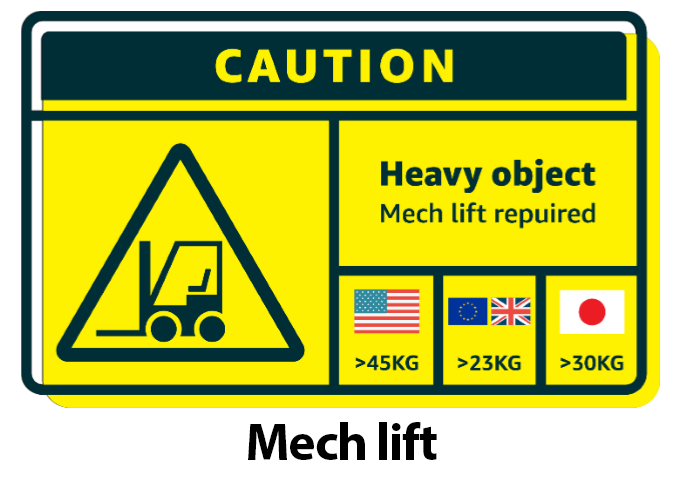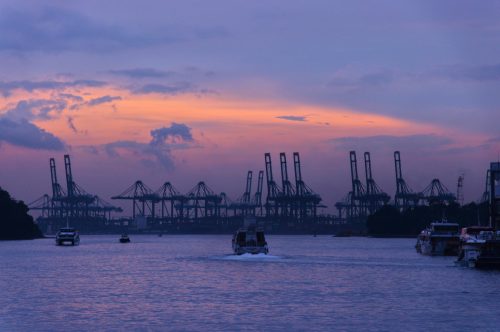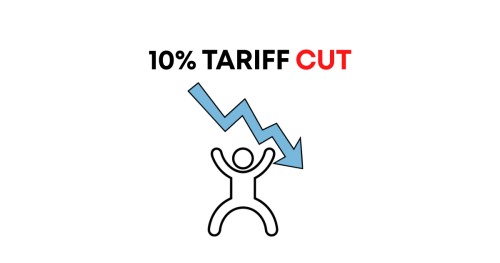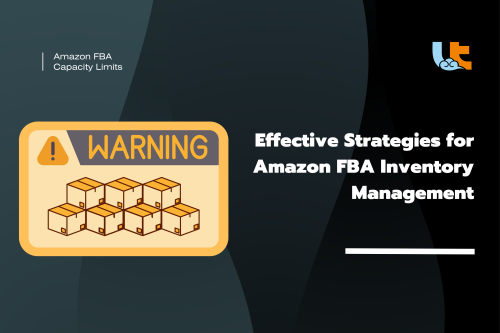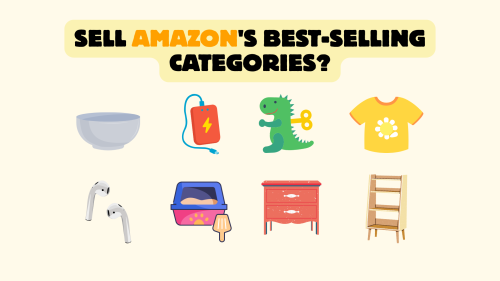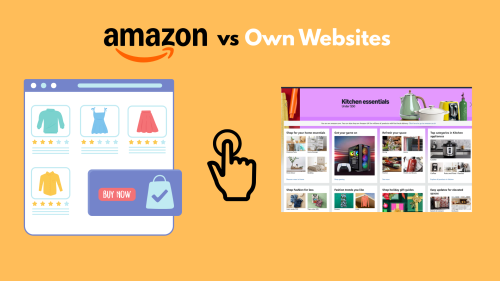
The global furniture market has been witnessing a significant revival in recent years. As per data from Statistic, the revenue of this sector is projected to hit a staggering $766.2 billion by 2024.
An in-depth analysis of the industry's market segments reveals that living room furniture holds the lion's share, with the market volume predicted to reach $227.7 billion in 2024. Bedroom furniture trails behind, while home office and outdoor furniture segments have smaller proportions.
However, exporting large items such as furniture, characterized by their over-height, over-width, over-length, and over-weight, presents unique challenges. So, what are the key issues that need to be considered when exporting these products?linktrans offers you a guide to furniture trends and export challenges.
Inspection and Certification Requirements
Pre-shipment Inspection and Fumigation:
Before shipping, sellers must ensure their products pass trade inspections and receive necessary fumigation certifications. Trade inspections evaluate the type of wood, the quality of the materials, the methods of treatment, the production processes, and the overall quality of the product. Items made of raw wood or untreated packaging materials containing raw wood require fumigation. It's important to note that all solid wood furniture destined for the U.S. must be fumigated.
Certifications:
Additionally, these products must meet specific certification requirements for export. These include:
- FDA Certification: The U.S. Food and Drug Administration (FDA) certification ensures the safety of food, cosmetics, drugs, biological products, medical devices, and radiation-emitting products produced or imported into the U.S.
- FCC Certification: The Federal Communications Commission (FCC) certification applies to wireless, telecommunications, and electronic products. This certification ensures these products will not cause interference with radio communications.
- UL Certification: Underwriters Laboratories provides safety certification, which is widely used across various products, especially electrical appliances.
Requirements for Outer Box Packaging
It's widely recognized that Amazon FBA enforces strict guidelines for product presentation:
1. The use of boxes bearing third-party logos, including Amazon's own return boxes, is prohibited.
2. The packaging box must not display any website addresses.
3. The outer box must not be fastened with straps.
4. It's not permissible to consolidate two boxes of goods into one.
5. The FBA label must be within its valid period.
6. As per Amazon's rules, each box of goods must contain four labels.
Furthermore, the following issues will also result in a prohibition on warehouse entry:
⚫ Amazon will not accept any goods with soft, deformed, or damaged boxes (even minor damage is included);
⚫ For overweight cargo, 'Team Lift' or 'Mech Lift' labels must be affixed to the outer box;
⚫ FBA labels that have faded due to long-distance transportation and are not clearly visible will be rejected
When goods are being transported from China to the United States,sellers, it's crucial not to neglect these seemingly small details. Particularly for larger items, it's essential to have a 'Team Lift' or 'Mech Lift' label on the outer box!
What are the Amazon warehouses for large goods?
Different sizes of shipments are directed to different FBA warehouses. For medium and large products, if the weight of a single item exceeds 20 pounds, they are allocated to specific Amazon warehouses. Please refer to the following images for their corresponding Amazon warehouses.
Exports of large items predominantly rely on sea freight, a cost that's easily influenced by global events. Situations like the Red Sea crisis or changes in freight rates by shipping companies can drive up the shipping expenses. To maintain timeliness and quality of service, Linktrans recommends:
1. Proactive planning. Formulate a delivery and restocking strategy, prearrange the shipping date/space with your logistics provider, and factor in extra time for transportation.
2. During peak periods, Amazon levies extra storage fees. To circumvent these elevated charges, consider using a third-party overseas warehouse. Initially store your merchandise there, and then supply the FBA warehouse based on demand.
3. For vendors of medium and large items, and for cross-border e-commerce operators active on diverse platforms, third-party overseas warehouse dropshipping services can be employed. They help meet restocking needs and bypass disruptions like stockouts from promotional events and warehouse clearances. These can impact restocking and shelving rates. Beyond dropshipping, overseas warehouses provide additional services like returns, label swaps, and temporary storage.
To learn more about industry-related information, follow linktrans.


